Scavenging Birds: Indispensable in the Food Chain
Scavenging Birds: Indispensable in the Food Chain Scavenging birds are often viewed with contempt and disgust by most people. However, these birds are absolutely indispensable for the functioning of the natural and even urban ecosystem. These birds
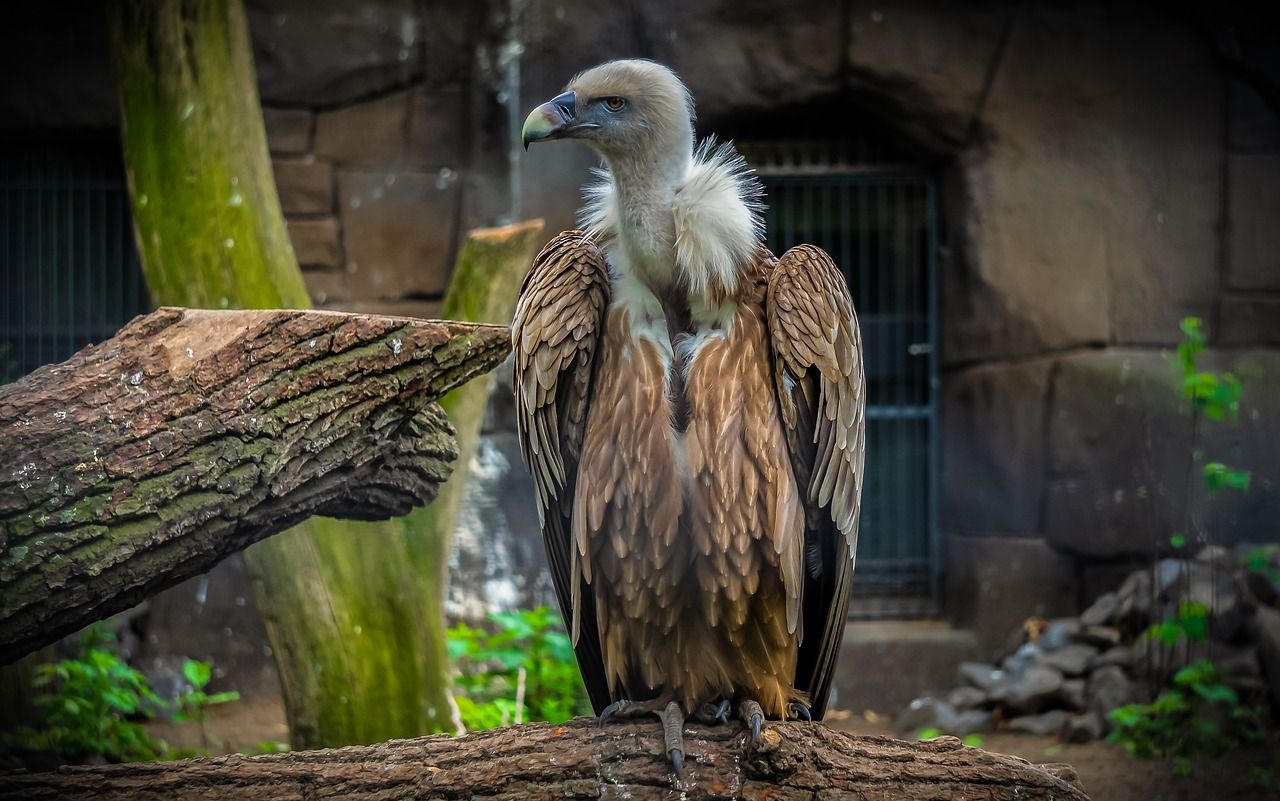
Scavenging Birds: Indispensable in the Food Chain
Scavenging birds are often viewed with contempt and disgust by most people. However, these birds are absolutely indispensable for the functioning of the natural and even urban ecosystem.
These birds are not defined by taxonomic issues such as physiology and anatomy. This distinction is rather made by habits and customs, in addition to the role they play in the food chain. There is no single species, family or scavenger order. It is rather a habit found in many species and families of birds but does not define them taxonomically.
What are scavengers?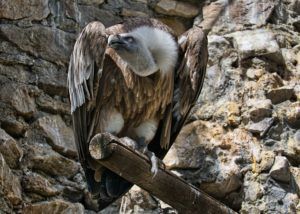
Scavenging birds are birds that feed on dead and decaying flesh. This is the main and basically only feature that encompasses them. The other characteristics are either derived from this main one or are trends between different species. While there are scavengers par excellence, this habit is found in many other species.
Characteristics of carrion birds
Since scavenging birds can belong to many different families and species, the characteristics that define them are general. Discarding the obvious characteristic, scavenging birds vary considerably, and any similarity is just a trend that may not occur. Considering that many are not consistent, some of these features are:
Food
Scavenging birds eat the dead and decomposed meat of animals that have died for reasons other than birds. While some scavengers such as eagles may also hunt, they are considered scavengers because they eat dead meat.
They also generally feed on leftovers left by other carnivorous hunting beasts, but their habits have changed with human activity. Some species of scavengers have benefited tremendously from urban areas where they feed on human organic waste.
This makes scavenging birds opportunistic and cunning. They often follow predators and wait for them to hunt in order to steal their prey or eat the leftovers they leave behind. They also congregate in garbage dumps where humans dispose of their organic leftovers to take advantage of them. Others even follow sick and injured animals for days until they drop dead to start feeding.
Powerful digestive system
Scavenging birds have a stomach capable of digesting huge amounts of meat. But it is not only that, but they also have special bacteria that help them eliminate the various toxins and bacteria. Decomposing meat is a hotbed of bacteria and malignant toxins that can cause a lot of damage to living animals. Scavengers can consume these meats without endangering their health.
However, they are not strong enough to help them cope with human activity. Scavengers often fall victim to meat poisoned by people who want to get rid of them. They are also victims of meats treated with chemicals and hormones to accelerate the growth of farm animals. For these reasons, many scavengers are threatened.
Social birds
With notable exceptions, such as the condor, many scavengers are social birds that travel and live in groups. This is due to the opportunistic nature of their habits. They have to group together to be able to take advantage of any food that one of them can get. In addition, they follow sick animals and predators together and congregate in places where they know there may be carrion.
Even the already mentioned and famously solitary condor can join others of its kind when they find a large prey. A curious thing about these birds is that they can even be found in groups of other species. Vultures and their subspecies are often found in large groups of various types, all in good terms.
Size
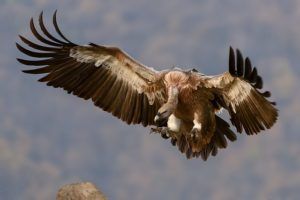
Another trend which is more than a characteristic among scavenging birds, it is their large size compared to others. The largest birds on the planet are often scavengers, being the condor the largest of all of them. Eagles also tend to have scavenging habits and are also considerably large animals. Even marine scavengers are enormous such as seagulls.
Of course, there are some exceptions. Pigeons have scavenging habits under certain circumstances. Crows are small when comparing to eagles. However, the tendency to be large birds is quite marked, perhaps because of the force required to eat meat.
Habitat of scavenging birds
Scavenging birds can be found on all continents, in all types of climates and ecosystems. They can be found in very cold as well as very hot climates, as well as in wild and human spaces. Since these birds are comprised of a great variety of species, they can be found all over the world. In particular, vultures nest in all habitat types and ecosystems.
They can adapt very well to human activity, such as the black vulture and crows, becoming fully integrated. However, many other species have not been able to adapt properly and their populations have been considerably reduced. This is due to the reduction of their natural spaces and the lack of availability of carrion.
The benefit of scavenging birds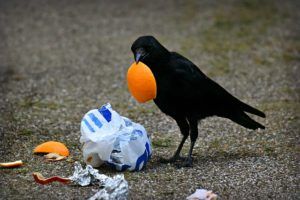
Scavenging birds are essential for the proper functioning of the ecosystem. They are in charge of consuming different organic wastes that can become harmful due to their loads of bacteria. By doing this, they also distribute this organic material in smaller amounts and can help fertilize. They make sure that nothing is wasted and that the death of the different animals is not in vain.
Curiously, they have become particularly useful for urban ecosystems, even benefiting the human population. Scavengers consume the leftovers of domestic and wild animals living in urban areas. This prevents them from decomposing in populated areas and causing health problems for those people who live there.
Most important species of carrion birds
There are hundreds and thousands of scavengers around the world. But not all of them are as well known as the following birds:
Black Vulture
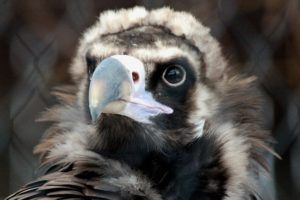
Perhaps, it is the most prolific of the scavengers; this vulture is very common on the American continent. As its name suggests, it is a large bird with black plumage and a neck devoid of feathers. It is found in many urban centers and lives perfectly with humans. It can be annoying for tending to snoop around and steal garbage from trash cans.
Griffon Vulture
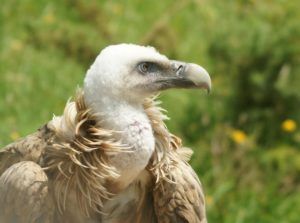
The griffon vulture is larger than the black vulture, and it is very commonly found on the Iberian Peninsula. It has clear plumage and a feathered neck. Its name comes from the pattern in its plumage that resembles the big feline. It does not live as well with humans and tends to move away generally. It is found in wild areas feeding mainly on dead animals.
Condor

The condor is the largest bird in the world, and it is in grave danger of extinction. It is one of the few scavengers that is not social and inhabits the highlands of the American Andes. Despite being a scavenger, it has been observed having hunting habits, getting to hunt small animals. However, its main source of food is carrion leftovers. It avoids human contact and inhabited areas completely.
Bald Eagle
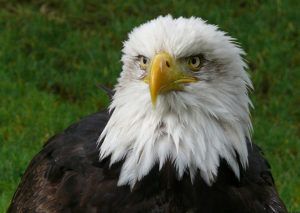
The native bird of the United States, despite preferring to hunt animals, it may also depend on carrion. The bald eagle has been observed eating carrion in winter particularly when it can be difficult to get prey. This bird has not adapted very well to human activity and is currently an endangered species.
Crow
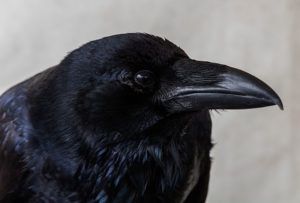
Crows are generally scavengers, although they tend to feed on a wide variety of foods, including fruits. They are found in the company of vultures looking for carrion opportunities. Besides, they have adapted very well to humans, even taking advantage of proximity. On the other hand, they are exceptionally intelligent and astute, so they have been able to proliferate in urban spaces.
Scavenging birds: indispensable in the food chain
Remember! At sexadodeaves.com, we are specialists in sexing birds through DNA. In this way, it is possible to define the genre of your bird. You can also follow us on the networks: Facebook, Twitter, and Instagram and find all the information we have for you daily.

Pingback:The Origin of Birds - aViblog - El mejor contenido para los amantes de las aves March 15, 2021
Utsav Srinet March 18, 2022
This is interesting! The vulture is quite beautiful and all these birds are so adorable, Howvever, I think The cassowary should be number two. What are your thoughts?